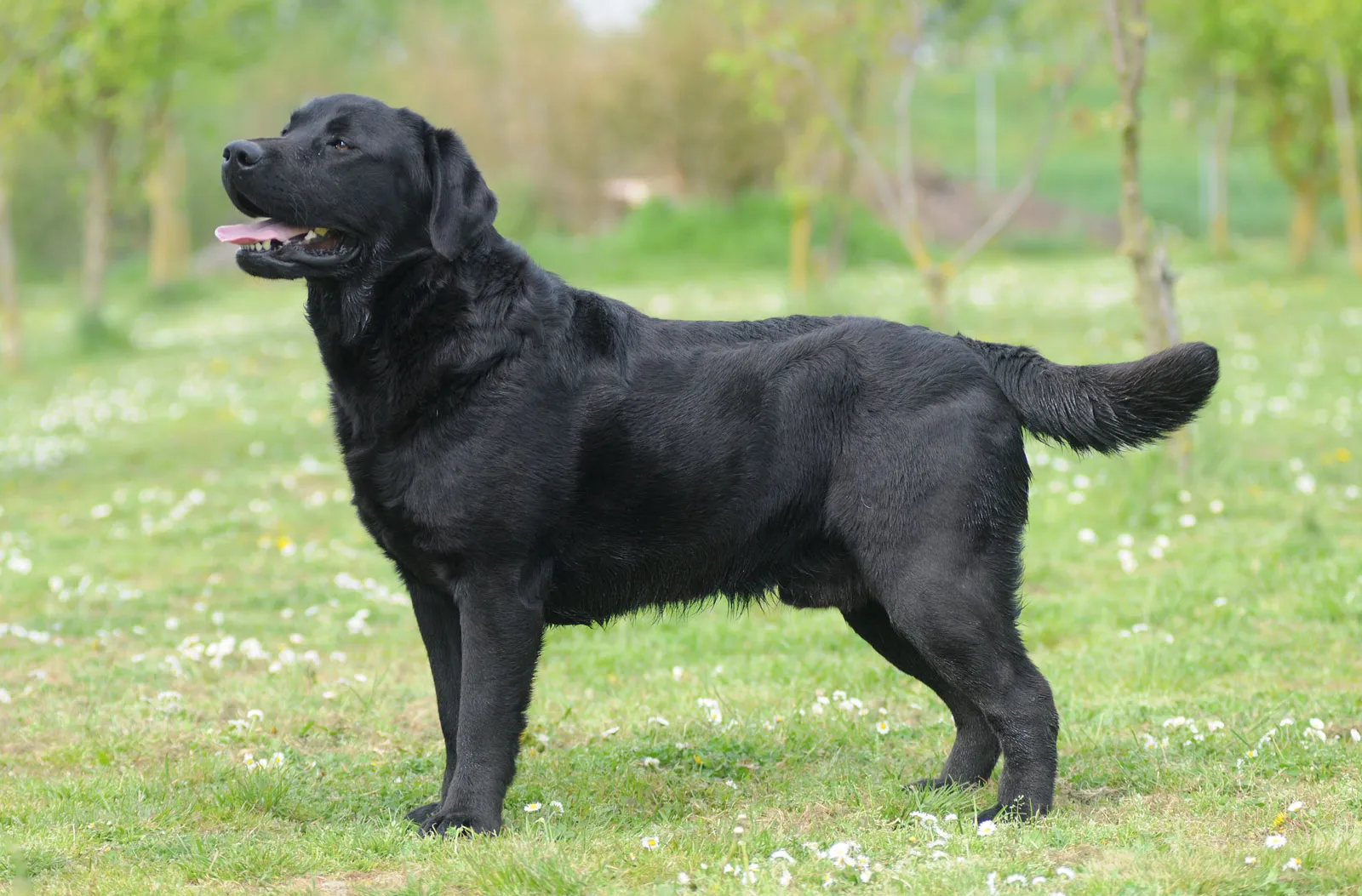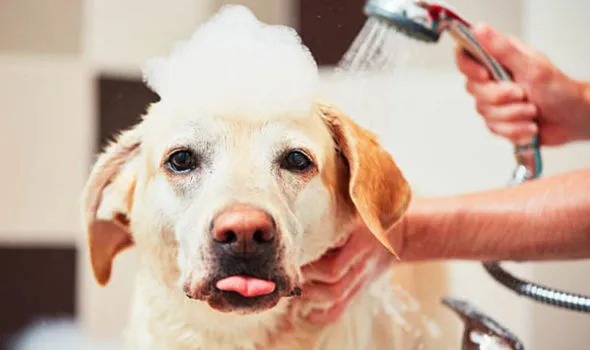108Views

A Guide to Labrador Skin Care
Labrador Retrievers, with their playful personalities and endearing nature, have captured the hearts of millions. Their iconic glossy coat is a major part of their charm, but maintaining its health and vibrancy requires dedicated care.
Unlike humans, Labradors have unique skin needs, and understanding these is crucial for ensuring their comfort and preventing potential issues.
Demystifying the Lab’s Double Coat:
Labradors boast a double coat, consisting of a dense, short undercoat and a water-resistant outer coat. This unique combination provides excellent insulation in cold weather and helps repel moisture. However, it also comes with specific challenges when it comes to skincare.
Common Skin Concerns in Labradors:
Several factors can contribute to skin problems in Labradors, including:
- Allergies: Food allergies and environmental allergies can manifest as itchy skin, redness, and hot spots.
- Atopy: This is a genetic predisposition to allergies, causing chronic itching and inflammation.
- Yeast infections: Warm, moist environments can lead to yeast overgrowth, causing itchiness, redness, and a distinctive odor.
- Bacterial infections: Cuts, scrapes, and insect bites can become infected, leading to redness, swelling, and discomfort.
- Seborrhea: This condition results in the overproduction of sebum, the oil produced by the skin, leading to greasy, flaky skin and a foul odor.
The Art of Labrador Skin Care:

Here are some key strategies to keep your Lab’s skin healthy and their coat gleaming:
- Bathing: Contrary to popular belief, Labradors don’t require frequent baths. In fact, excessive bathing can strip their fur of natural oils and exacerbate skin problems. Aim for baths every 4-8 weeks with a gentle, dog-specific shampoo. Avoid human shampoos, as their pH balance can irritate your dog’s skin.
- Brushing: Regular brushing is essential to remove dead skin cells, loose fur, and allergens that can irritate the skin. Brushing also helps distribute natural oils throughout the coat, promoting a healthy shine. Aim for brushing at least 2-3 times a week, and increase the frequency during shedding seasons.
- Diet: A healthy diet rich in omega-3 and omega-6 fatty acids nourishes the skin and promotes a healthy coat. Consult your veterinarian to choose the right food for your Lab’s individual needs.
- Parasite prevention: Regularly use flea and tick medications to prevent infestations, which can cause skin irritation and infections.
- Environmental control: If your Lab suffers from allergies, identify and minimize their exposure to triggers like dust mites, pollen, and certain foods.
- Hydration: Ensure your Lab has access to fresh, clean water at all times. Proper hydration helps maintain healthy skin and prevents dryness.
Recognizing the Signs of Trouble:
Early detection and intervention are crucial for addressing skin problems in Labradors. Be on the lookout for these signs:
- Excessive itching or scratching
- Redness, inflammation, or hot spots
- Hair loss
- Flaky or greasy skin
- Licking or chewing at paws or skin
If you notice any of these signs, consult your veterinarian for prompt diagnosis and treatment.
Read More: Why Your Dog Feet Smell Like Fritos
Tailored Care for Specific Needs
Some Labradors might require additional care depending on their individual needs. For instance, Labs prone to allergies might benefit from hypoallergenic food and targeted supplements.
Senior Labs might experience age-related skin issues like dryness, requiring adjustments to their skincare routine.
Conclusion:
By understanding your Lab’s unique skin needs, implementing a consistent care routine, and being observant of any changes, you can ensure their skin stays healthy and their coat remains a source of pride.
Remember, a healthy coat reflects a healthy dog, and with proper care, your Labrador can continue to shine brightly, both inside and out.


